Chinese Beech Lumber
- August 7, 2023
- 0 comment
Chinese Beech lumber is a prized hardwood renowned for its exceptional strength, resilience, and appealing aesthetics. Its robust properties make it a preferred choice in the woodworking industry, finding extensive applications in crafting high-quality furniture and enhancing interior spaces.
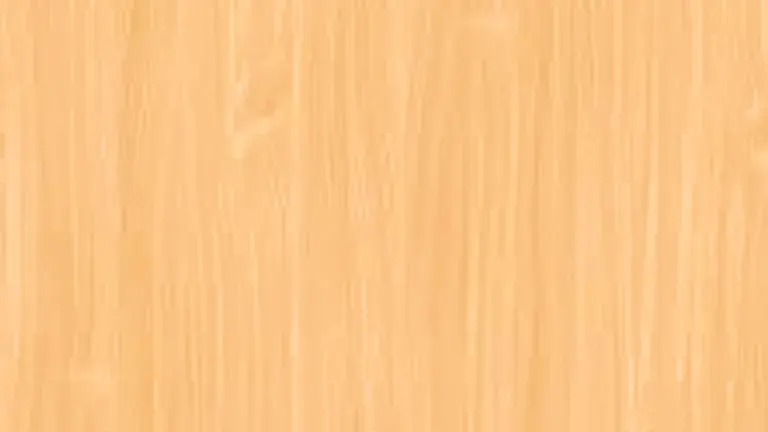
The wood’s scientific classification as Fagus engleriana underscores its origin in China, where it thrives across diverse regions of the country. With a rich history of use in traditional and modern craftsmanship, Chinese Beech has become an integral part of the cultural heritage and design landscape in China and beyond.
Chinese Beech showcases a captivating array of features, making it a standout wood species. Its heartwood ranges from soft creams to warm browns, occasionally imbued with delicate pink or reddish undertones. The straight grain pattern, occasionally interlocked, combined with a fine and uniform texture, grants the wood a polished, smooth feel. Due to its workability, it cooperates gracefully with both hand and machine tools, enabling skilled artisans to shape it with precision.
| Aspect | Details |
|---|---|
| Common Name(s) | Chinese Beech |
| Scientific Name | Fagus engleriana |
| Distribution | Native to China |
| Tree Size | Medium to large |
| Average Dried Weight | 700 – 800 kg/m3 |
| Specific Gravity | 0.70 – 0.80 |
| Janka Hardness | 1,450 lbf (6,450 N) |
| Modulus of Rupture | 16,800 psi (116 MPa) |
| Elastic Modulus | 2.14 Mpsi (14.76 GPa) |
| Crushing Strength | 8,770 psi (60.5 MPa) |
| Shrinkage | Radial: ~4.2%, Tangential: ~8% |
Characteristics
Color/Appearance
Chinese Beech exhibits a delightful array of colors in its heartwood, ranging from soft creams to light brown, with occasional pink or reddish tinges that add subtle warmth to its appearance. The sapwood, noticeably lighter, creates a distinct contrast against the heartwood. As the wood ages and is exposed to light, it undergoes a gradual darkening process, further enhancing its natural beauty.
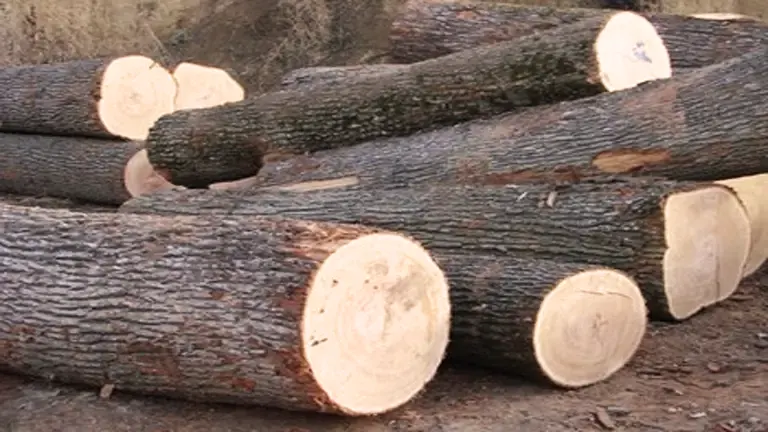
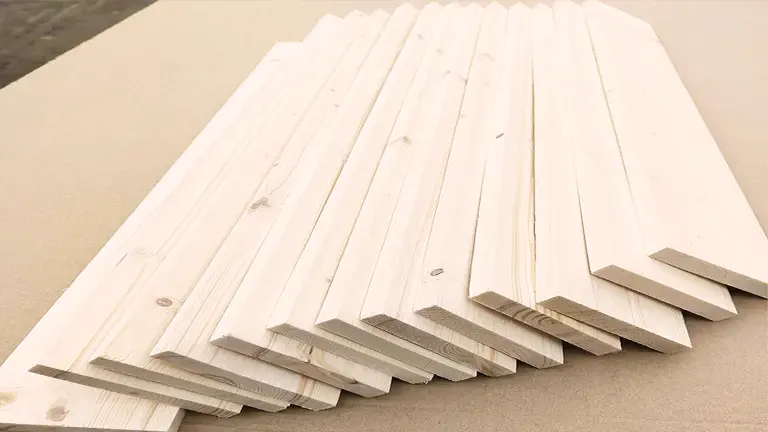
Grain/Texture
The grain of Chinese Beech is predominantly straight, adding a sense of order and uniformity to its visual appeal. However, at times, it may display interlocked patterns, which adds a touch of uniqueness to the wood’s character. This hardwood boasts a fine and uniform texture, creating a smooth and polished surface that entices both the eyes and the hands.
Rot Resistance
While Chinese Beech is highly prized for its strength, it is not naturally resistant to decay. As a result, it can be vulnerable to fungal attacks and must be adequately treated or protected to ensure its longevity and durability, especially in outdoor environments or damp conditions.
Workability
One of Chinese Beech’s outstanding qualities lies in its remarkable workability. Whether with hand tools or machine tools, this wood responds favorably to shaping and crafting. It can be machined, turned, and carved with ease, allowing skilled woodworkers to achieve intricate and detailed designs. However, due to its inherent hardness, it may cause a moderate blunting effect on cutting edges, requiring periodic sharpening during extended use.
Odor
Chinese Beech stands out for its lack of any distinctive odor. This attribute makes it an ideal choice for indoor applications, particularly in furniture-making, where the absence of strong odors is desirable.
Allergies/Toxicity
Chinese Beech does not possess any known allergenic properties. However, as with working with any wood, proper safety measures should be taken when handling wood dust, including wearing appropriate protective gear and ensuring adequate ventilation in the workspace.
Pricing/Availability
Chinese Beech lumber enjoys a moderate price point, making it accessible to a wide range of consumers and woodworkers. Availability is generally reliable in regions where the tree is native or has been cultivated for commercial purposes.
Sustainability
Chinese Beech is not listed in the CITES Appendices, indicating that it is not currently considered endangered. Furthermore, its natural range and distribution within China suggest that it is relatively abundant. However, as responsible stewards of the environment, it is crucial to source Chinese Beech from sustainable and well-managed forests to support long-term ecological balance.
Common Uses
Chinese Beech is a versatile hardwood widely utilized in various woodworking applications. Its excellent strength and attractive appearance make it a favored choice for crafting furniture, cabinetry, and interior trim. It is also sought after for creating veneers that enhance the aesthetic appeal of surfaces. Moreover, its adaptability extends to flooring and the production of specialty items, enabling designers and artisans to incorporate its charming characteristics into diverse projects.

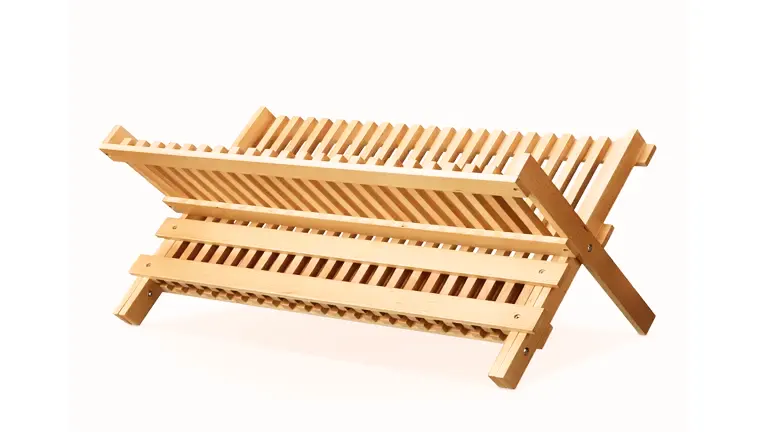
Frequently Asked Questions
- Is Chinese Beech suitable for outdoor use?
Chinese Beech is not naturally resistant to decay, making it unsuitable for prolonged outdoor exposure. It is best suited for indoor applications. - Is Chinese Beech a sustainable wood choice?
While Chinese Beech is not considered endangered, it’s crucial to source it from responsibly managed forests to ensure its long-term sustainability. - Does Chinese Beech have any distinct smell or odor?
No, Chinese Beech does not have any noticeable odor, making it ideal for indoor furniture and applications where smell might be an issue. - What is the average lifespan of furniture made from Chinese Beech?
With proper care and maintenance, furniture made from Chinese Beech can last for several decades. - Can Chinese Beech be stained or finished easily?
Yes, Chinese Beech takes stain and finish well, allowing for a variety of color options and finishes.
We’d love to hear from you! Share your personal experiences and thoughts about Chinese Beech Lumber in the comments section below. Your insights could help fellow woodworkers make informed decisions!


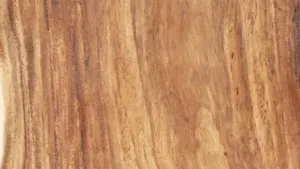




Leave your comment